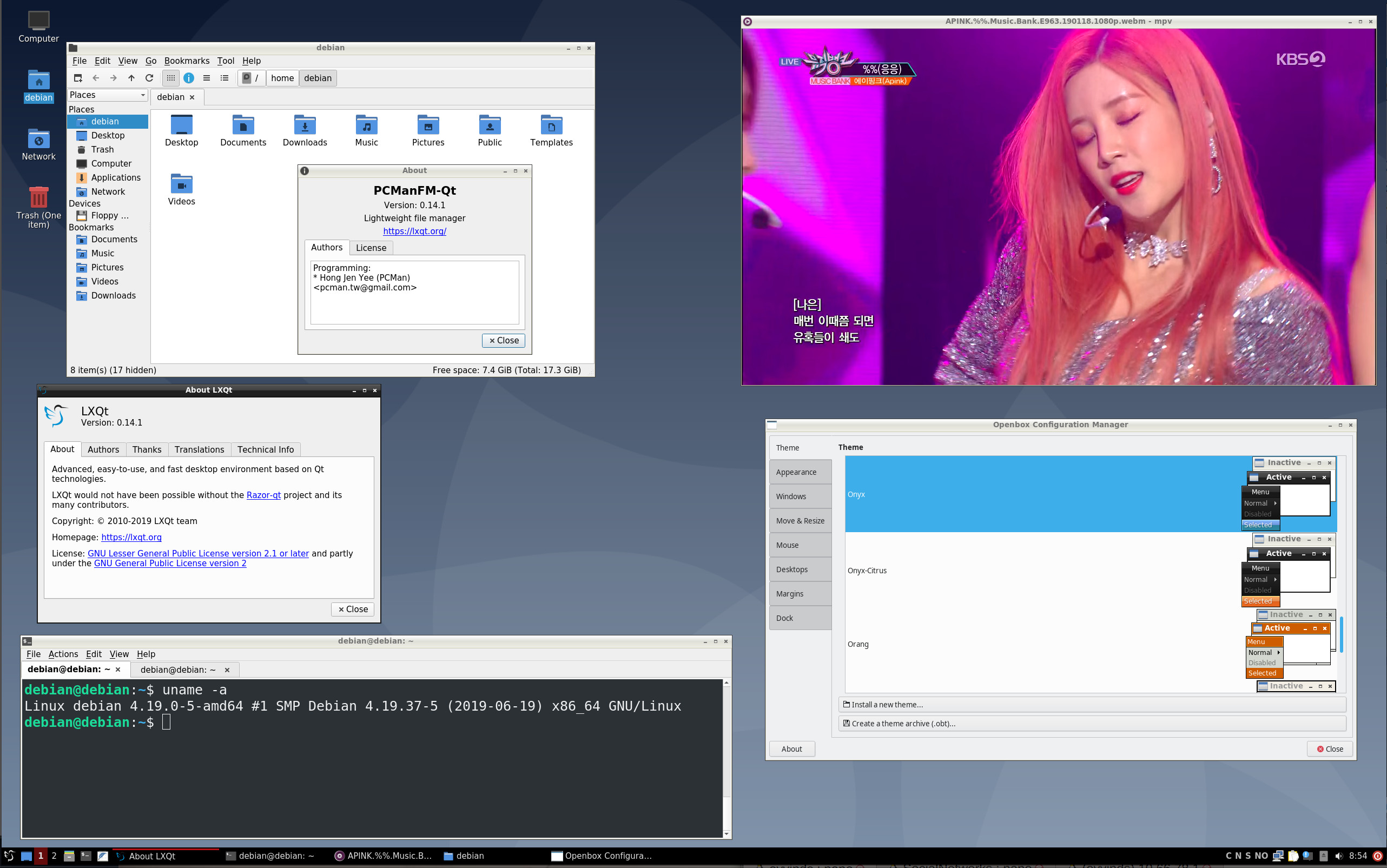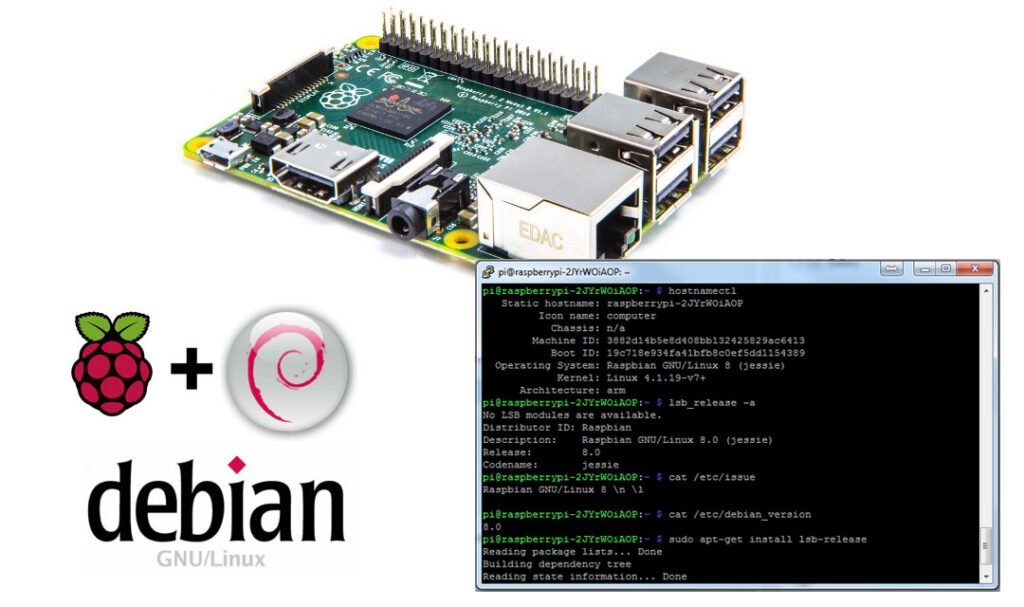

- #DEBIAN BUSTER RASPBERRY PI HOW TO#
- #DEBIAN BUSTER RASPBERRY PI INSTALL#
- #DEBIAN BUSTER RASPBERRY PI UPDATE#
- #DEBIAN BUSTER RASPBERRY PI DOWNLOAD#
#DEBIAN BUSTER RASPBERRY PI INSTALL#
Now we are finally ready to install Noetic on your Raspberry Pi 4. Step 4 - Install build dependencies on Raspberry Pi 4 Get:7 buster/main i386 Packages Īll packages are up to date. You will see the following output with ROS Noetic lines in bold: Get:1 buster/updates InRelease
#DEBIAN BUSTER RASPBERRY PI UPDATE#
Here you will update ROS package index to get all Noetic package information from the repo we added: sudo apt update Now this will be the last step before we finally install ROS Noetic package. Gpg: imported: 1 Step 3 - Pull all meta info of ROS Noetic packages Gpg: key F42ED6FBAB17C654: public key "Open Robotics imported As you see, the key belongs to Open Robotics, which is the maintainer of ROS. You will see the output as the screenshot below shows.
#DEBIAN BUSTER RASPBERRY PI DOWNLOAD#
Step 2 - Add official ROS keyīefore we run the command install Noetic, we will first add the ROS key, which is not specific to Noetic but for all ROS distros, to make sure we will install authenticated ROS packages to install on your Raspberry Pi 4 and avoid hackers to intercept your network traffic.īy running the following command, we will download the key from Ubuntu’s keyserver (`) into the trusted set of keys: sudo apt-key adv -keyserver 'hkp://:80' -recv-key C1CF6E31E6BADE8868B172B4F42ED6FBAB17C654 However, you can double check if the repo is added using the cat command: cat /etc/apt//ros-noetic.list.

If the command succeeds, you won’t see any input.

If you examine the command above carefully, you will see Ubuntu, which is totally normal as Ubuntu is based on Debian as well, and they all share the same Debian packaging system. To install Noetic on Raspberry Pi 4, we will now add the official ROS Debian repo to the OS (Recall that Raspberry Pi OS (Raspbian) is based on Debian): sudo sh -c 'echo "deb buster main" > /etc/apt//ros-noetic.list' Step 1 - Set up ROS Noetic repo on Raspberry Pi 4
#DEBIAN BUSTER RASPBERRY PI HOW TO#
If you have installed Ubuntu 20.04 on your Raspberry Pi, please refer to our tutorial on how to install Noetic on Ubuntu 20.04. To do this, run lsb_release -sc in the terminal and you should be able to see buster in the output. You should also first check if your Raspberry Pi OS is Debian buster, because Noetic only officially supports Buster (Debian 10). The version shouldn’t matter but the latest Raspberry Pi 4 with 8 GB memory should be sufficient.Īs usual, you should have root access to your Raspberry Pi OS to install ROS Noetic because it will be installed in /opt directory that required sudo privileges. Before installing ROS Noetic on your Raspberry Pi Even though the re-branding removes the partial Debian name (Rasp bian), it is good to know this OS is based on Debian (buster for the latest version): so when you search online, you can replace “Raspberry Pi OS” with “Debian” or “Debian Buster” and most of the information will still apply to your case.Īs the most popular embedded system, using ROS on Raspberry Pi is a very reasonable choice. Recently the Raspbian has re-branded to Raspberry Pi OS, so you can also use this guide for older Raspberry Pis if in any case you have them. You can essentially use it as a desktop computer and connect two 4K monitors. Noetic will be supported until May 2025, so we are good for around 5 years.Ĭomparatively, Raspberry Pi 4 is the current version of Raspberry Pi and has the best performance so far. ROS is used in more than half of the robots in the world, so using ROS is a good choice. ROS Noetic is the latest version and the last distro of ROS 1.


 0 kommentar(er)
0 kommentar(er)
